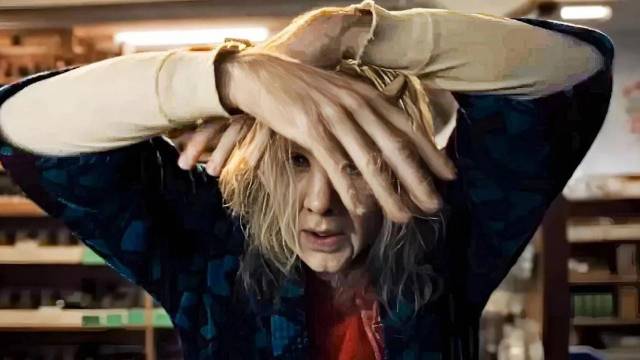
My recent streaming seems to lean heavily into horror, with a few animated movies to lighten the tone.
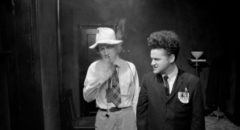
In December 1981 I got to meet David Lynch and spend time with him in his office at Universal Studios as he recounted the remarkable story of making his first feature, Eraserhead (1977). But he talked about much more – his early life, his passion for art, and how painting and sculpture evolved into an interest in filmmaking. Although I’ve previously published the transcripts of those sessions in my book about Eraserhead, I thought it would be a fitting tribute to David to post the actual recordings here; when spoken in his distinctive voice, his words convey so much more than they do on the page.
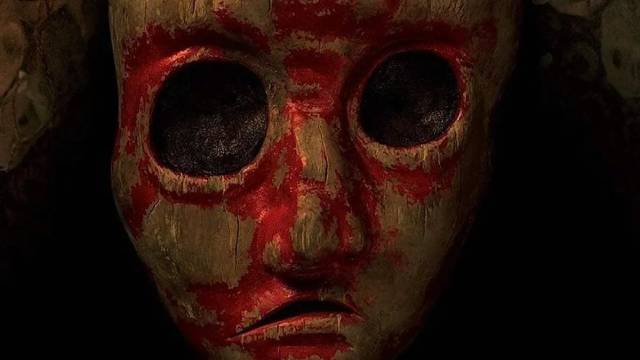
Two recent box sets – Arrow’s J-Horror Rising and Severin’s All the Haunts Be Ours Vol. 2 – provide a dizzying range of horror and fantasy movies from multiple cultures and cinematic traditions. Each set includes a range of extras which illuminate not only the cultural differences but also similarities in theme and emotional impact displayed by these movies.
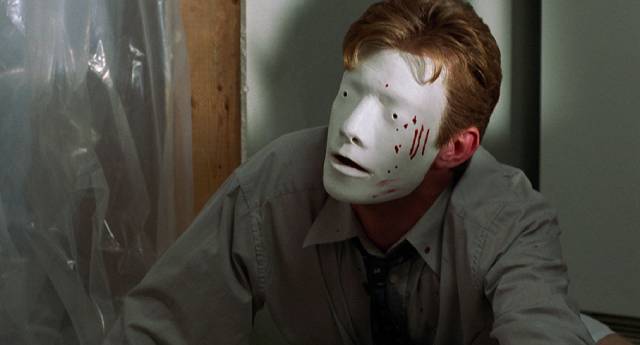
Recent viewing includes a mix of horror, sci-fi and social commentary, from George A. Romero’s Bruiser (2000), about an office drone whose social invisibility enables him to exact revenge on his abusers, to a pair of Mexican Gothic fantasies about a vampire count; from an Aussie Indiana Jones rip-off to late effects artist David Allen’s passion project The Primevals, left unfinished at his death in 1999 but now completed by his friends.
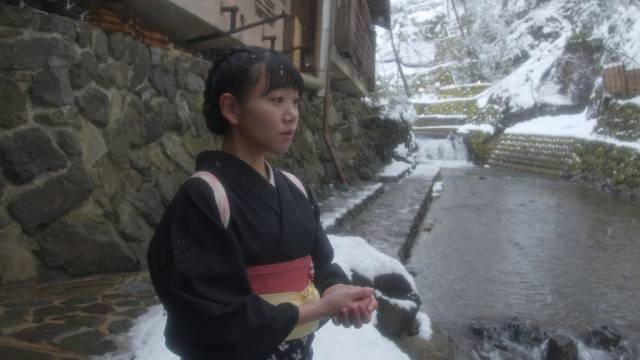
My Fall viewing has been the usual varied mix, with a number of new and classic Japanese movies, John Boorman’s fantasy sequel to The Exorcist, Alex Garland’s uncomfortably prescient depiction of America tearing itself apart, a slice of anti-drug exploitation from the late-’60s, and a surprising discovery from none other than Bert I. Gordon.
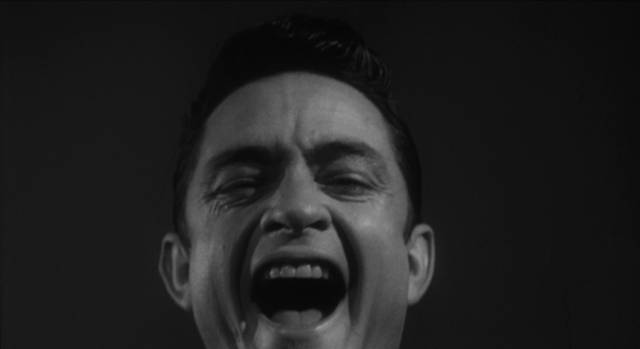
I’m drawn to movies made on the fringes, far from the industry centre, and these have recently included low-budget ’60s noir, ultra cheap ’70s horror and ambitious ’90s direct-to-video sword-and-sorcery fantasy. Whatever their technical short-comings, all these movies exhibit the creative ingenuity essential to completing a feature with inadequate resources.
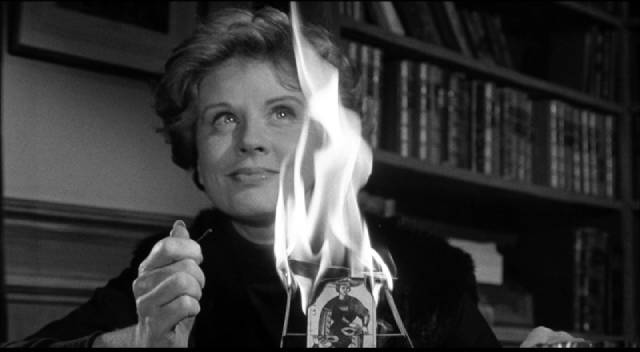
A batch of new releases from Imprint in Australia introduced me to the first feature of Gordon Hessler, a noirish mystery called Catacombs (1965), and provided an opportunity to revisit Sidney Hayers’ excellent supernatural tale Night of the Eagle (1962), Basil Dearden’s doppelganger thriller The Man Who Haunted Himself (1970), and for the first time since its theatrical release in 1970 John Sturges’ Marooned, a movie which bridges the gap between science fiction and naturalistic drama which happens to involve a space mission.